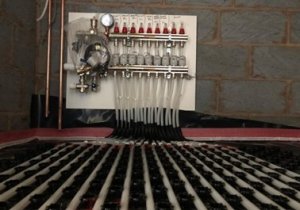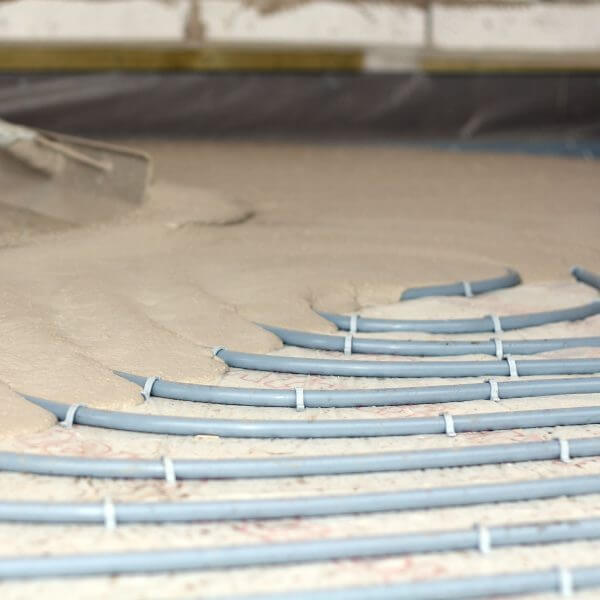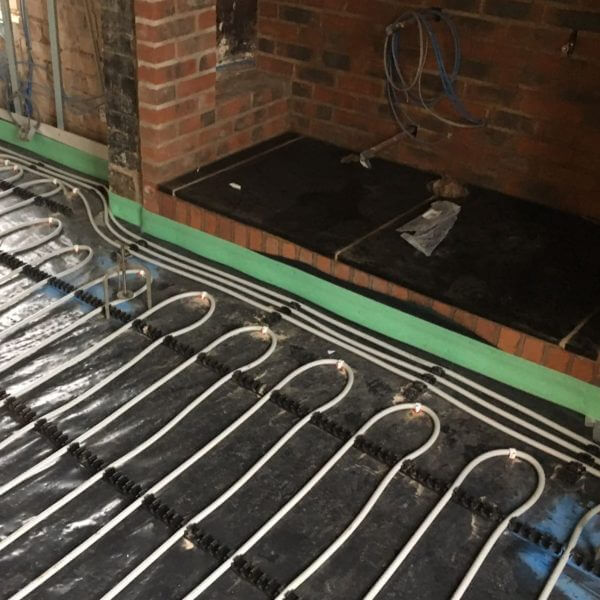Water or Electric; Which Underfloor Heating to Buy?
There are two main types of underfloor heating systems. Water-based heating is the most popular and works similarly to traditional radiator heating. Electric-based heating uses electric currents to heat wires, which are easier to install than water-based systems. Ultimately, the type to buy depends on your needs and circumstances.
Wet heating, also known as hydronic heating, uses pipes to distribute heated water. It can be integrated with an existing condensing boiler, or eco-friendly heat pumps. In addition, the pipes can last up to 50 years and carry only a small risk of leaking, a significant improvement over radiator based systems.

The Pros and Cons of Water-Based Underfloor Heating Systems
Wet heating, also known as hydronic heating, uses pipes to distribute heated water. It can be integrated with an existing condensing boiler, or eco-friendly heat pumps. In addition, the pipes can last up to 50 years and carry only a small risk of leaking, a significant improvement over radiator-based systems.
Furthermore, at EasyFlow we install our pipes in complete loops, meaning there are no joins under the floor. If a leak should ever happen, it will not occur inside the floor. As a result, it can be easier to detect and fix.
Water-based heating can be installed in existing houses and isn’t exclusive to new builds or extensions. It is the most cost-effective UFL system to run and saves on energy costs compared to radiator heating.
The primary drawback of hydronic heating systems is their ease of installation. The height of the floor may be raised, and some older constructions make it difficult to place the pipes underneath floorboards. You may also need to adjust the position of your boiler or other utilities as you will require space for a manifold distribution system. These factors can increase installation costs.
Are Electric-Based Heating Systems Better or Worse?
Electric underfloor heating is much easier and cheaper to install than wet systems. As it only uses heating wires, the system is quick to heat up and carries no risk of water leaks. It can be installed in places where gas boilers or heat pumps are unavailable. It can also be installed in places where it is difficult to place water pipes.
Currently, as of now, electric-based heating systems are much more expensive to run compared to hydronic systems. This is because electricity is more expensive than gas, and because electric setups cannot integrate with energy-efficient heat pumps. However, this drawback may change in future if cheaper sources of electricity are generated.
Electric UFL has half the life-expectancy of water-based systems, lasting up to 20 years before becoming inefficient. However hydronic systems also need to factor longevity costs such as boiler maintenance or replacement.




Where To Find Us